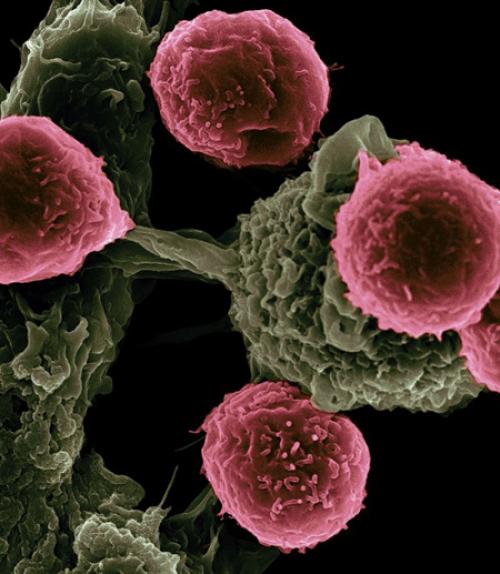
Fetal T cells are first responders to infection in adults
Cornell researchers have discovered there is a division of labor among immune cells that fight invading pathogens in the body.The study, published June 14 in the journal Cell, finds for the first time that fetal immune cells are present in adults and have specialized roles during infection. In fact, the first immune cells made in early life are fast-acting first responders to microbes in adulthood.




